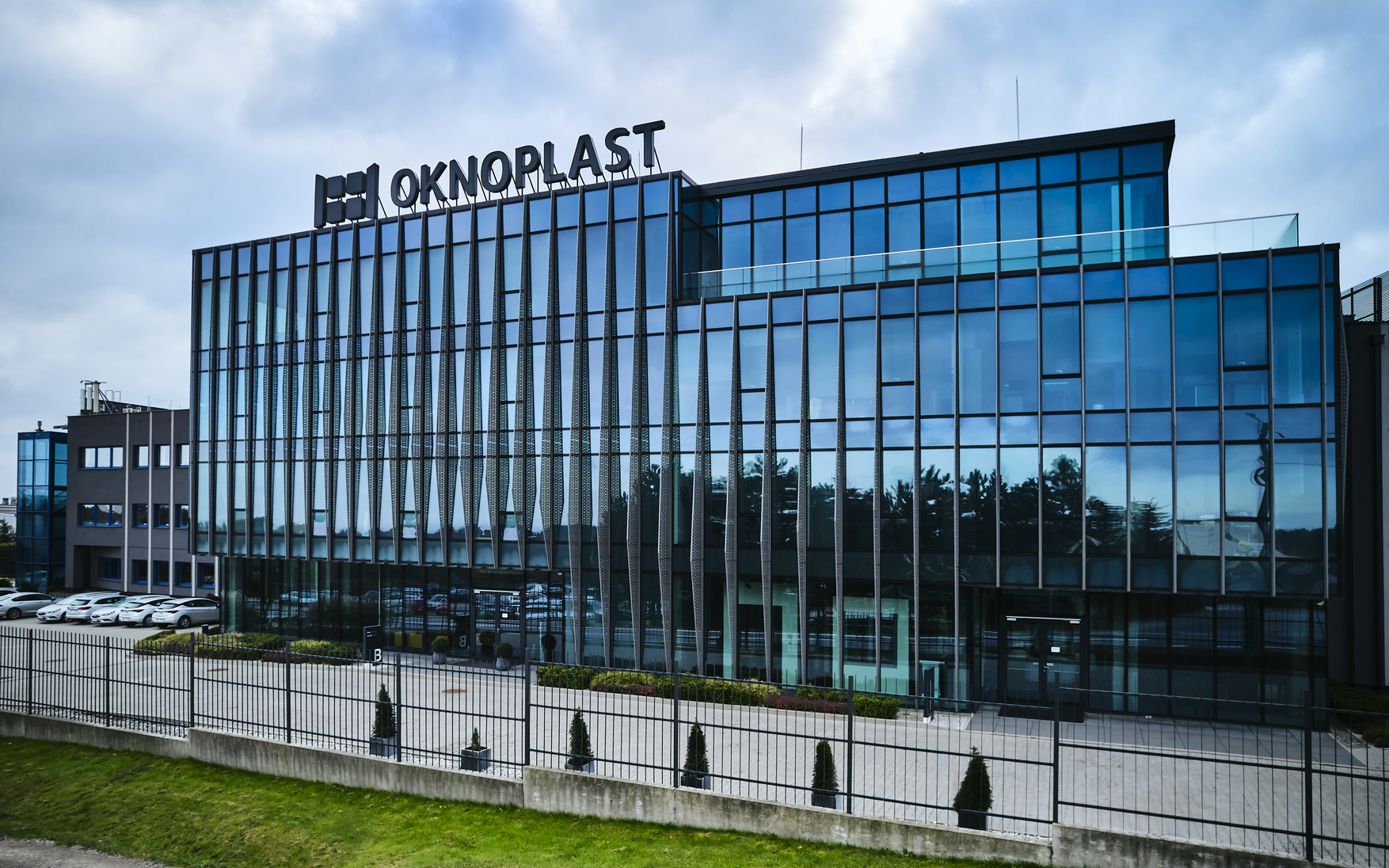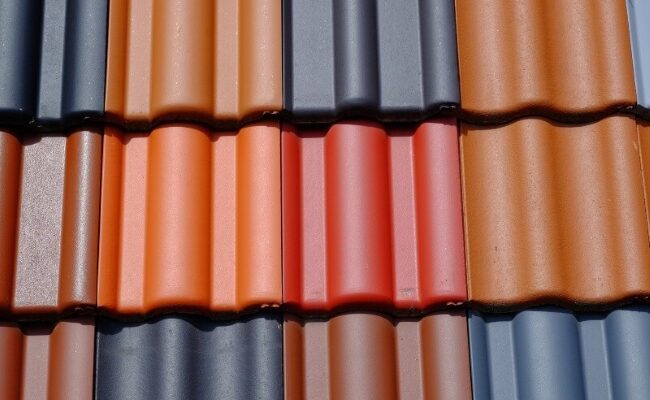The most traditional method of covering the roof is with tiles. These are light and very resistant to atmospheric agents. Since they do not age, they have a long shelf life. However, over the years they develop a patina, that is, they develop a greenish or blackish color if they are left on the natural surface. This isn’t a bad thing, but it bothers some of our customers. In this case it is advisable to use engobed or enamelled stones.
Concrete roof tiles are a good alternative to roof tiles. They are easy to install and very frost resistant. We have already presented the stones in detail in another blog article. There you can read again exactly what the advantages and disadvantages of the material are.
Slate roofs offer many design options
Slate as a natural stone is extremely durable and has a long tradition as a building material – people already use it for about 2000 years to build A. The structure of slate is fissile and consists of several layers. This is why this coating is particularly resistant to atmospheric agents.
When covering the roof with slate, it should be borne in mind that:
- the roof slope is at least 22 degrees
- there is a solid foundation
- The coating is obviously carried out professionally.
With this material you also have many options to make your roof attractive. In the form of shingles, for example, they are created from slate attractive models. With the so-called Old German roof covering, the roofer lays out the slate tiles in different widths and heights by hand. Other species are
- the arched roof with strong lines
- the wild roof, where the slate stones arrive at the construction site intact
- the rectangular roofing for modern slate roofs.
Pitched thatched roofs are good for the environment
This type of roof is typically northern German. Houses with thatched roofs are practically living cultural monuments, because cane was one of the first roofing materials used by settled populations. It has a thatched roof better thermal insulation properties: The house is pleasantly cool in summer and warm in winter. The reed also has a climate-regulating effect as it absorbs humidity in the house and releases it outside.
Thatch is generally a extremely healthy building material. Not only does it filter the air, but the production and disposal are also particularly environmentally friendly. However, thatched roofs should always have a steep slope (approx. 45°), as this is the only way for water to drain off and thus ensure optimal drainage of the roof.
Copper roofs defy wind and weather
The cost of this metal roof depends on the current price of copper; However, it can be said that roofing material has a significant impact on construction financing. But it also has undeniable advantages: above all, it has a very long shelf life. Copper is particularly resistant to atmospheric agents and does not develop moss. Roof damage is rare compared to other roof coverings.
The non-toxic protective layers make the copper roofing extremely robust and therefore walkable. For example, they are ideal for creating a hanging garden. The metal also looks good, although you have to like the look: The The look and color of the roof looks quite industrial and not as harmonious as, for example, with tiles or as natural as with thatched roofs.
Zinc is particularly versatile as a roof covering

Titanium zinc, a non-ferrous metal, is often used for roofing. It stands out for its versatility: it is very malleable and therefore leaves ample space for the design of dormer windows, fireplaces, roof gables, etc. At the same time it is extremely resistant to atmospheric agents. The material has a beautiful color, but over time the zinc also forms a coating due to oxidation.
Roofing with bitumen – great for sealing
Bituminous sheets are a very popular material for flat roofs and roofs with low slopes. They are particularly suitable for waterproof attics, e.g. for waterproofing flat roofs and other types of roofs with little slope. Since this material is highly elastic, bitumen sheets can be welded together seamlessly.
Use fiber cement shingles instead of slate
A fiber cement board roof surface is coated similarly to a slate roof. Because concrete highly flame retardant and very durable That is, it is a good substitute for natural stone slabs. Furthermore, the panels have the advantage of being easy to install and visually appealing.
latest posts published

The basement as an ideal place for a home sauna
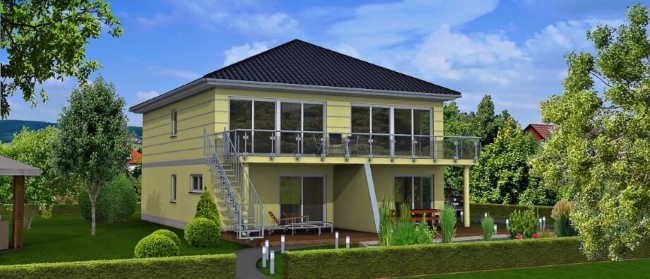
Building a condo is a breeze | What’s behind a condominium?
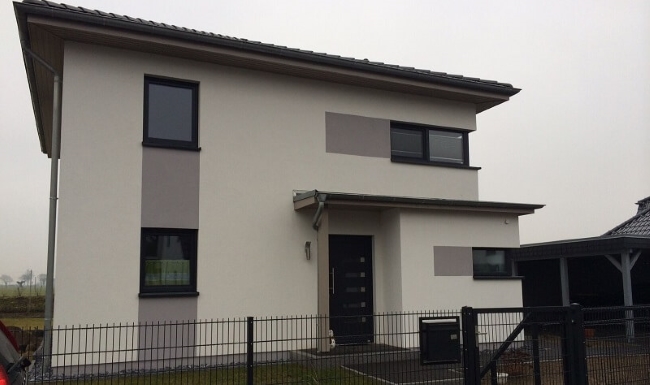
Splash protection for facades – that’s why it makes sense
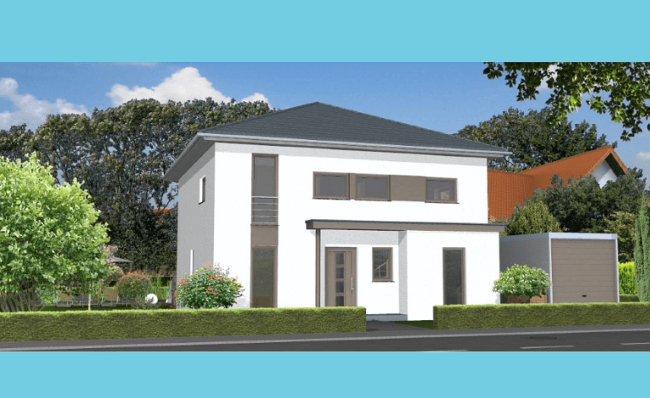
How to design your home with a covered garage

Build savings in times of low interest rates
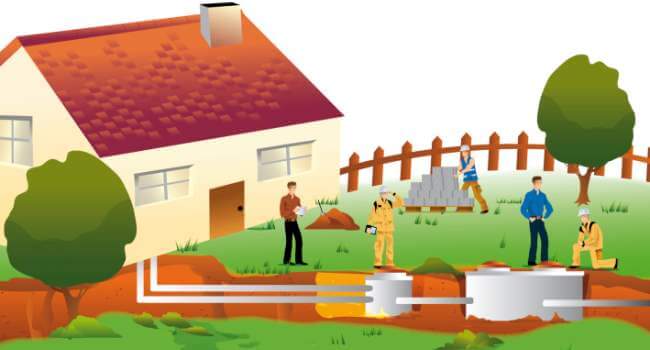
Useful information on property drainage | Considerations during construction
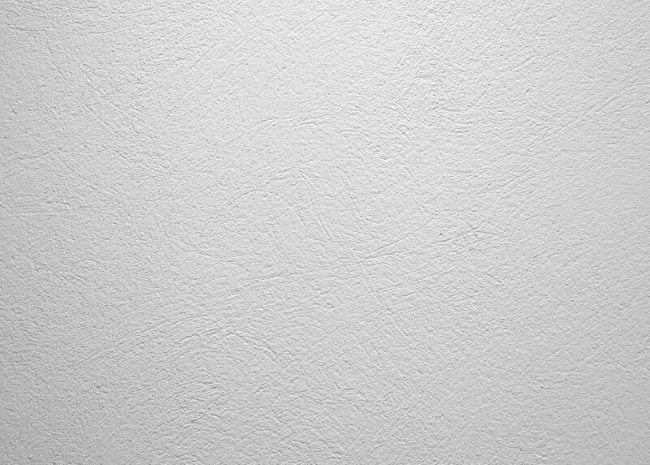
Interior wall plaster in brief
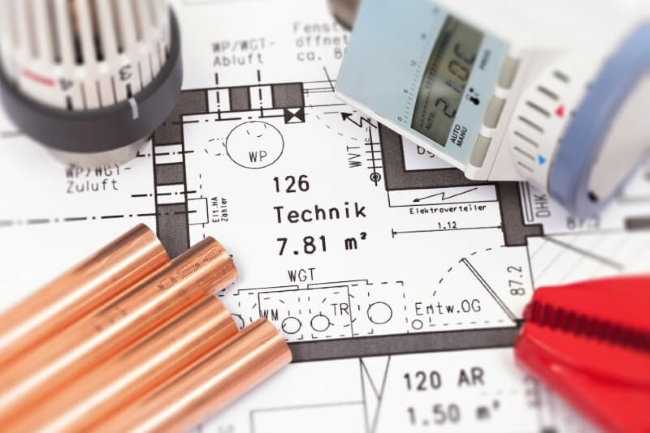
Heating with oil, gas or electricity
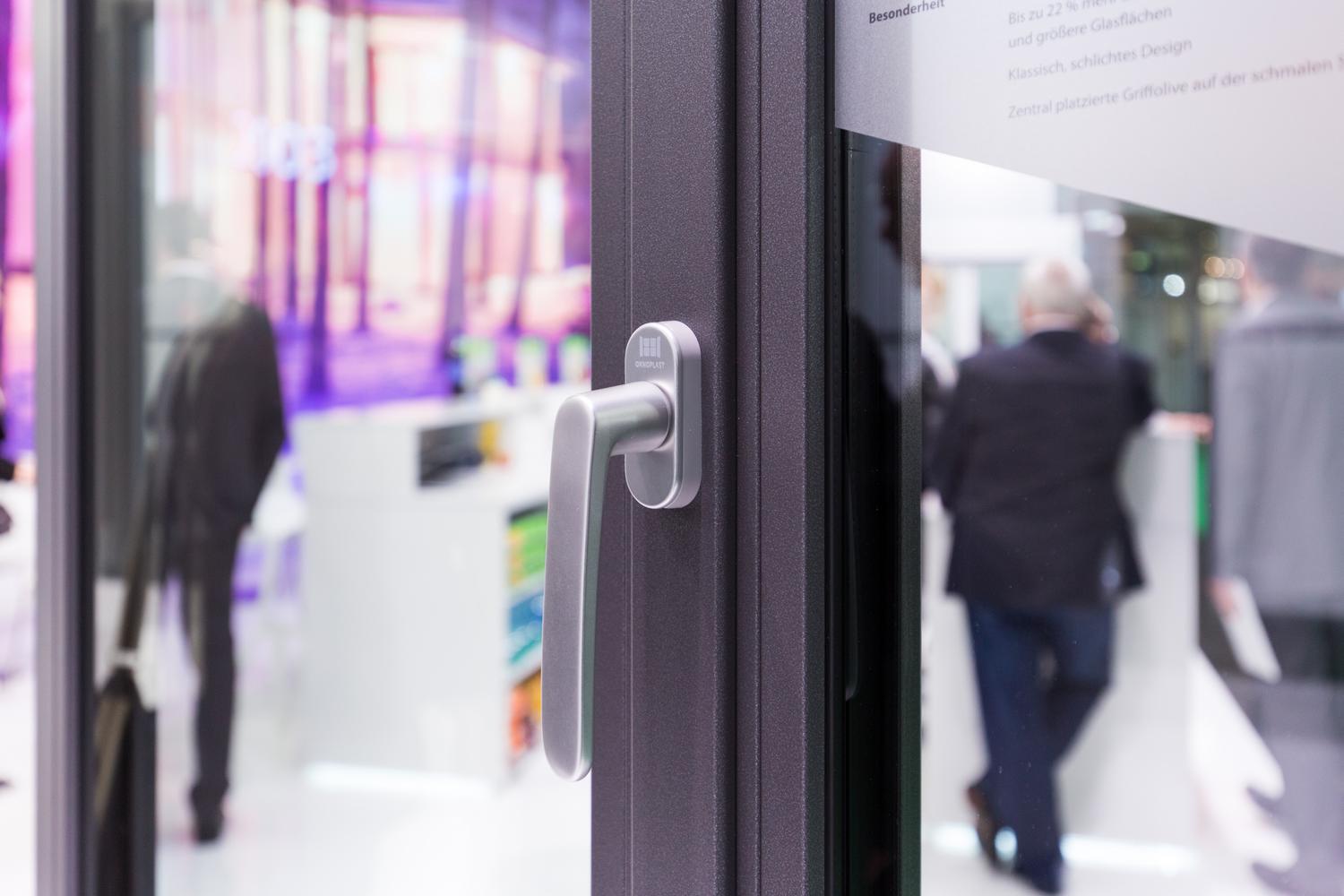
Foil as desired | Oknoplast
